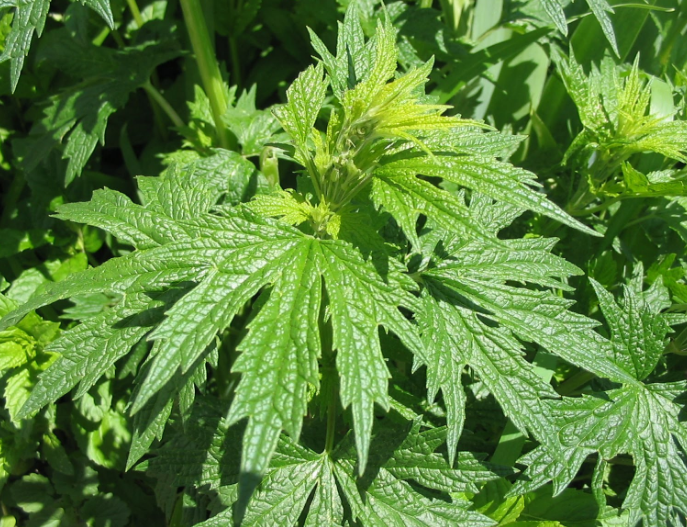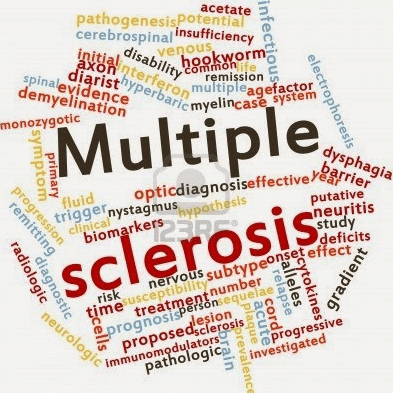Anaemia
Definition:
You have fewer red blood cells than normal, OR you have less haemoglobin than normal in each red blood cell.
In either case, a reduced amount of oxygen is carried around in the bloodstream.
Signs & Symptoms:
Common symptoms are due to the reduced amount of oxygen in the body. These include tiredness, having little energy (lethargy), feeling faint, and becoming easily breathless.
Less common symptoms include headaches, a thumping heart (palpitations), altered taste, and ringing in the ears (tinnitus).
You may look pale.
Various other symptoms may develop, depending on the underlying cause of the anaemia.
Cause:
Iron-deficiency anaemia
Lack of iron is the most common cause of anaemia in the UK. This is called iron-deficiency anaemia. If you eat a normal balanced diet, it usually contains enough iron. The separate leaflet called Iron-deficiency Anaemia will provide more information regarding an iron-rich diet. The following are some reasons that may lead to a lack of iron resulting in iron-deficiency anaemia:
Pregnancy or childhood growth spurts are times when you need more iron than usual. The amount of iron that you eat during these times may not be enough.
Heavy menstrual periods. The amount of iron that you eat may not be enough to replace the amount that you lose with the bleeding each month.
Poor absorption of iron may occur with some gut diseases – for example, coeliac disease and Crohn’s disease.
Bleeding from the gut (intestines). Some conditions of the gut can bleed enough to cause anaemia. You may not be aware of losing blood this way. The bleeding may be slow or intermittent, and you can pass blood out with your stools (faeces) without noticing.
If you eat a poor or restricted diet, it may not contain enough iron.
How To Cure:
- Beetroot
Beetroot is highly beneficial for those who suffer from anemia due to iron deficiency, which is the most common of all types of anemia. It has high iron content, along with fiber, calcium, potassium, sulfur and vitamins.
In addition to providing nutrition, beetroot helps cleanse the body and supply more oxygen throughout the body. This in turn helps increase the body’s red blood cell count.
Blend one medium-size beetroot, three carrots and one-half of a sweet potato in a juicer. Drink this juice once daily.
You can also eat beetroots as a cooked vegetable or in a salad. Eat the peel along with the beetroot for maximum nutritional value.
- Spinach
A diet rich in green leafy vegetables like spinach is one of the best home cures for anemia. Spinach is rich in iron as well as vitamin B12 and folic acid, energy-boosting nutrients that the body needs to recover from anemia.
A one-half cup of spinach provides almost 35 percent of your daily value of iron and 33 percent of your daily value of folic acid.
Drink spinach soup twice daily. To prepare the soup, take 1 cup of blanched spinach and puree it by adding a little water. Heat 1 teaspoon of extra-virgin olive oil in a pan, sauté some chopped garlic cloves and onion in it until brown. Add the pureed spinach and a little salt and cook on low heat for 5 “ 10 minutes.
Mix two teaspoons of honey in a glass of fresh spinach juice. Drink this once daily.
Follow either of these remedies for at least one month.
- Pomegranate is rich in iron and other minerals, such as calcium and magnesium. It also contains vitamin C, which helps improve the body’s absorption of iron. This results in more red blood cells and an increase in the hemoglobin level.
Mix one cup of pomegranate juice, one-fourth teaspoon of cinnamon powder and two teaspoons of honey. Drink this daily with your breakfast.
Alternatively, take two teaspoons of dried pomegranate seed powder with a glass of warm milk one or two times daily.
You can also eat a medium-size pomegranate every morning on an empty stomach.


